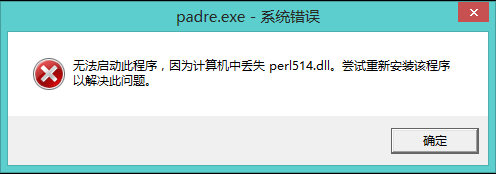4.10. Non-Scalar Return ValuesA scalar isn't the only kind of return value a subroutine may have. If you call your subroutine in a list context,[
Suppose you wanted to get a range of numbers (as from the range operator,..) except that you want to be able to count down as well as up. The range operator only counts upward,but that's easily fixed: sub list_from_fred_to_barney {
if ($fred < $barney) {
# Count upwards from $fred to $barney
$fred..$barney;
} else {
# Count downwards from $fred to $barney
reverse $barney..$fred;
}
}
$fred = 11;
$barney = 6;
@c = &list_from_fred_to_barney; # @c gets (11,10,9,8,7,6) In this case,the range operator gives us the list from 6 to 11,and reverse reverses the list,so it goes from $fred (11) to $barney (6) just as we wanted. The least you can return is nothing at all. A return with no arguments will return undef in a scalar context or an empty list in a list context. This can be useful for an error return from a subroutine,signalling to the caller that a more meaningful return value is unavailable.
|


 1. 如何去重 #!/usr/bin/perl use strict; my %hash; while(...
1. 如何去重 #!/usr/bin/perl use strict; my %hash; while(... 表的数据字典格式如下:如果手动写MySQL建表语句,确认麻烦,...
表的数据字典格式如下:如果手动写MySQL建表语句,确认麻烦,... 巡检类工作经常会出具日报,最近在原有日报的基础上又新增了...
巡检类工作经常会出具日报,最近在原有日报的基础上又新增了...